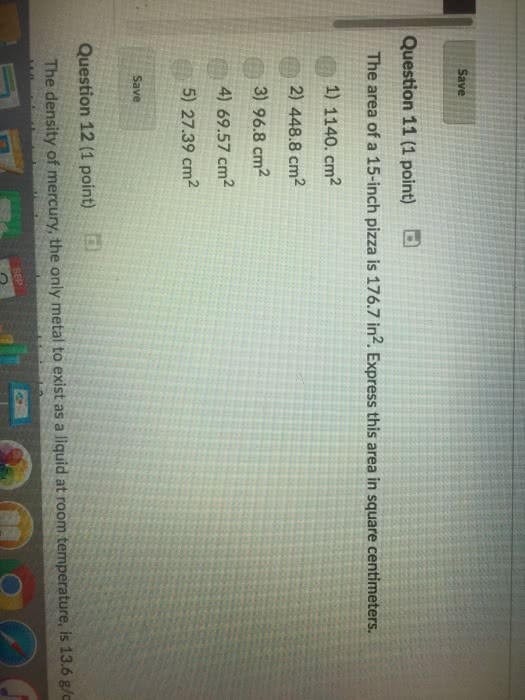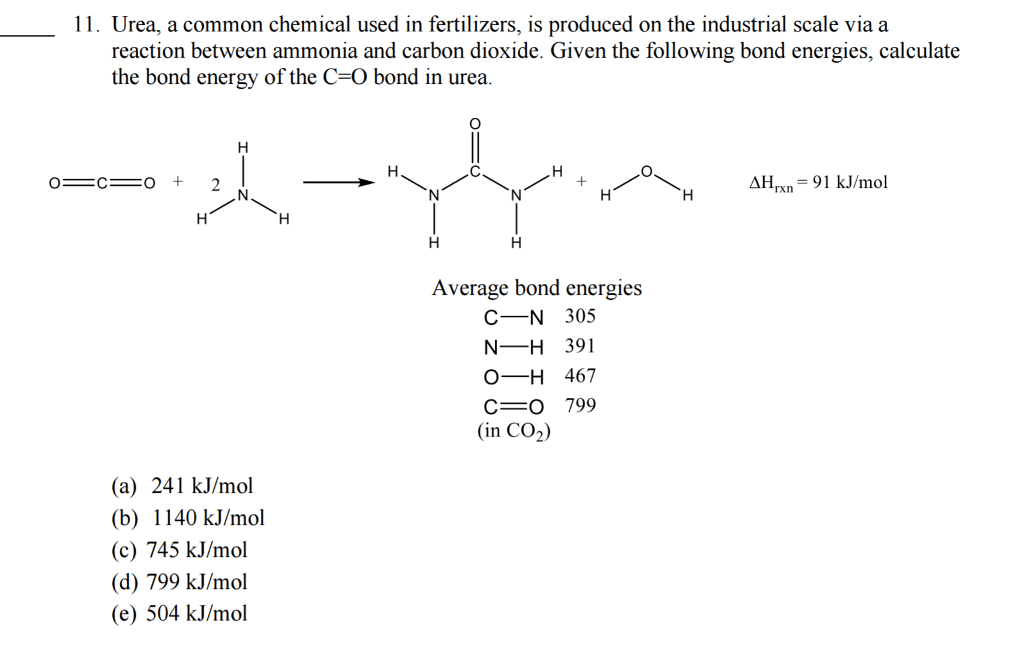CHM 1301 Study Guide - Lipid Bilayer, Ethylene, Distilled Water

4
CHM 1301 Full Course Notes
Verified Note
4 documents
Document Summary
Lab #2 permeability of the red blood cell. Red blood cell hemolysis timed results from the use of different solvents. Hemolysis is the rupturing of a blood cell, causing them to release their contents to the blood plasma once the cell exceeds a critical volume. The fate of the rupturing blood cell depends on specific factors such as the osmotic pressure and the ability of the solutes to penetrate the membrane of the cell. The size of the solutes affect the diffusion because the smaller the solute, the easier it becomes to penetrate through the cell"s membrane. Distilled water, ethylene glycol and urea had extremely fast hemolysis times in comparison to sucrose and glycerol. This occurs because distilled water, ethylene glycol and urea have smaller molecules, and therefore have an easier time fitting through small spaces between the polar heads in the phospholipid bilayer of the cell membrane.




